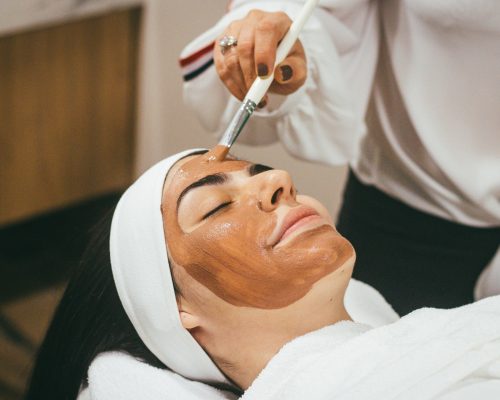
How to Become a Photographer
Photography can take many forms. There are various types of photographers – photojournalists, landscapers, self-employed, and even celebrities! These types of photographers may be in demand, and they can also work independently. If you are interested in becoming a Photographer, here are some ways you can get started. This article outlines how you can become a Photojournalist, Landscape, or Self-employed photographer. The first step is to learn about the career options and requirements of each of these categories.
Photojournalist
Today, photojournalism is an art form in turmoil. Technological advancement and changing societal norms have both disrupted the art form. Although the iPhone has been blamed for destroying traditional photojournalism, it can actually prove to be a valuable tool for photojournalists. In fact, Benjamin Lowy’s recent series of photographs from Afganistan was taken entirely with an iPhone and the Hipstamatic app.
Photography began to evolve into photojournalism in the late 1920s. Previously, it had to be posed, accompanied by heavy equipment. The advent of small cameras allowed photographers to record events in real time. Political upheaval sparked a huge demand for pictures and illustrated magazines. Life and Picture Post were two of the first to introduce the 35mm format, allowing photographers to take professional-quality pictures.
Photography and photojournalism are both highly demanding professions. While photographers tend to work in relatively safe environments, photojournalists often must be ready to cover dangerous situations. Their work often varies in time, with a constant need to be on the lookout for breaking news. The hours and locations for photojournalists vary, and they often have to travel during the night or early morning hours. Although the work of a photojournalist can be demanding, they typically make excellent salaries for their work.
Landscape photographer
A landscape photographer travels the world to capture breathtaking images that move viewers emotionally. This type of photographer must be willing to travel to remote locations and brave harsh weather conditions. He or she may have to trek through hostile territory and endure dangerous hikes to capture stunning images. A photographer who is interested in this kind of photography should develop a signature style. You can develop this style by experimenting with your craft and spending time outside the classroom. You can also take up a course to become a landscape photographer.
To start with, it’s important to understand composition. Composition can make or break a landscape photo, so learn to work with your camera. Experiment with different angles and vantage points to see what works best. Once you know the fundamentals, experiment with composition. Then, you’ll be well on your way to capturing the most beautiful landscape images. If you have a sense of composition, you’ll know how to use it to your advantage.
One award-winning landscape photographer is Thomas Heaton. He shares his travels through his YouTube channel and has a book that’s gaining a following among photography enthusiasts. In addition to landscape photography, a landscape photographer can also pursue a career in commercial photography. A landscape photographer may think that their path would be confined to nature documentary photography or travel photography, but this is not true. You can work your way into an advertising career by combining your passion for art with the skill and training of a commercial photographer.
Self-employed photographer
If you’ve decided to become a self-employed photographer, you’ll need to consider how to set up your finances. A separate business account is important for photographers. You can use this account to pay yourself, as well as your business expenses. It’s also a good idea to set up a separate account for your taxes, as you’ll need to withhold about 30 percent of your income for tax purposes. You’ll want to keep this account separate for business expenses, but you’ll need it when you’re filing your quarterly taxes.
Once you’ve set up your business, you’ll have to register with HMRC. As a self-employed photographer, you’ll have to pay tax on your earnings and must file a tax return. This can be confusing for someone who is new to self-employment. In addition to registering as a self-employed photographer, you’ll also need to pay two types of national insurance: income tax and national insurance. Your earnings will be the amount of money you charge your clients for your services, less any allowances you receive or expenses you’ve incurred.
One of the major benefits of becoming a self-employed photographer is flexibility. You can choose your own hours and work anywhere you want. You don’t even need to have an office or a desk. You can combine your interests with your career, such as nature photography. For example, if you’re interested in landscape photography, you could work with National Geographic magazine to photograph nature. As a self-employed photographer, you can also set your own hours and work when you want.
Wedding Photographer
A Wedding Photographer’s technique and equipment are essential to the success of their work. Before a wedding, a photographer should check their cameras, batteries, and memory cards. The photographer should also bring backup batteries and memory cards as well as two cameras. Additionally, they should bring rain gear and other tools in case of bad weather. A wedding Photographer should be able to handle any situation that may arise, from rain to snow. This ensures that the wedding day goes off without a hitch.







